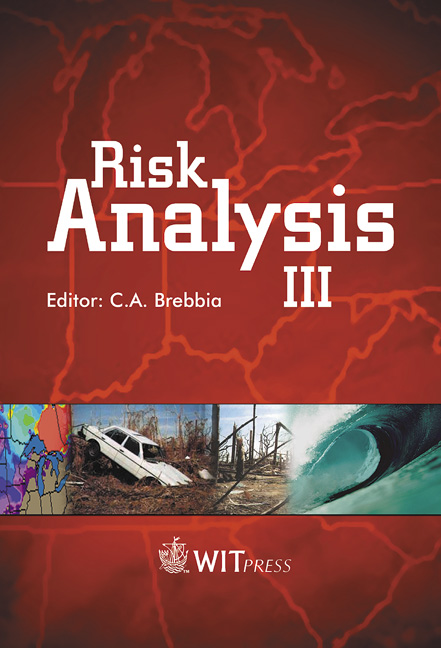Risk Assessment Of Ere—li Vertical Wall Breakwater In Turkey
Price
Free (open access)
Transaction
Volume
31
Pages
Published
2002
Size
358 kb
Paper DOI
10.2495/RISK020071
Copyright
WIT Press
Author(s)
C. E. Balas & A. Ergin
Abstract
Risk assessment of Eregli vertical wall breakwater in Turkey C.E. Balas1 & A. Ergin2 1 Department of Civil Engineering, Gazi University, Turkey. 2 Department of Civil Engineering, Middle East Technical University, Turkey. Abstract In the reliability-risk assessment, the second order reliability index (BII) method and the Conditional Expectation Monte Carlo (CEMC) simulation were interrelated as a new Level I11 approach in order to analyse the safety level of the vertical wall breakwaters in Turkey. The failure probabilities of sliding and overturning failure modes of the Minikin method for breaking wave forces were forecasted by approximating the failure surface with a second-degree polynomial having an equal curvature at the design point. In the new approach, for each randomly generated load and tide combination, the joint failure probability reflected both the occurrence probability of loading condition and the structural failure risk at the limit state. The approach can be applied for the risk assessment of vertical wall breakwaters in short CPU durations of portable computers. Introduction In the structural design of vertical wall breakwaters, two methods have been widely applied in European countries. The first method is the First Order Mean Value Approach (FMA) [l], and the second one is the Hasofer-Lind second order reliability (HL) index. The partial coefficient system utilizes the former and the latter has been employed to compare risk levels of rubble mound and vertical wall structures [2]. Goda and Tagaki [3] suggested a reliability design criteria in which the Monte Carlo simulation of expected sliding distance was carried out for caisson breakwaters.
Keywords





